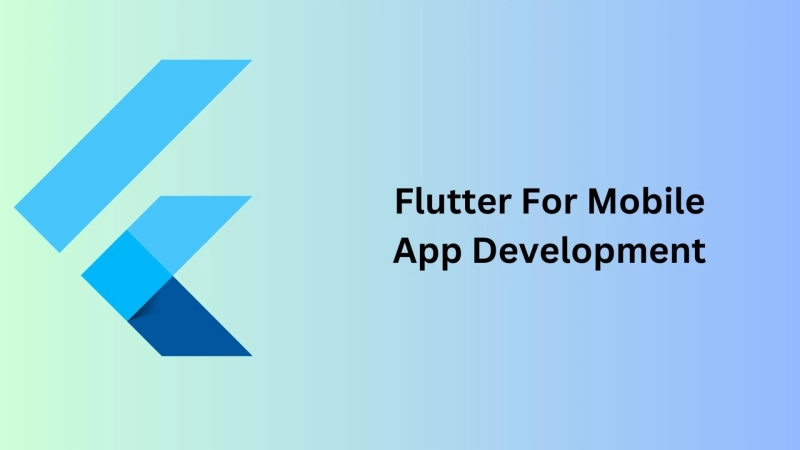Have you ever conceptualized an amazing mobile app idea but found yourself daunted by the technical complexities of app development? Fret no more! Thanks to the rise of intuitive platforms such as Flutter, creating a mobile app is now within reach for everyone, irrespective of your technical proficiency. For your Flutter app development needs, consider collaborating with a proficient flutter app development company.
What exactly is Flutter?
Flutter stands as an open-source toolkit for software development that focuses on creating user interfaces. Developed by Google, it empowers you to construct applications that are natively compiled for mobile, web, and desktop platforms, all using a single underlying codebase. An outstanding aspect of Flutter is its accessibility, as you don't require extensive programming expertise to dive in.
Let's dissect the process into easy-to-follow stages:
Step 1: Set Up Your Environment
Before you start, make sure you have a computer ready. Visit the Flutter website (flutter.dev) and follow the installation guide for your operating system. Don't worry; it's mostly clicking "Next" and "Install." Flutter's installation process is designed to be user-friendly.
Step 2: Choose Your App Idea
Every app begins with an idea. What problem will your app solve? What features will it have? Define the purpose and features of your app before you dive into building it. Keep it simple at first – remember, you can always add more features later.
Step 3: Design Your App
Flutter provides an excellent tool called "Flutter Inspector" that helps you visualize your app's layout. But for now, let's stick to a more straightforward approach. Grab a pen and paper and sketch out how you want your app to look. Think about the arrangement of buttons, images, and text.
Step 4: Use Widgets to Build UI
Widgets are the building blocks of your Flutter app. Think of them as puzzle pieces that you put together to create your app's interface. For instance, if you want a button, you'll use the ElevatedButton widget. To display text, you'll use the Text widget. You can find a list of widgets in the Flutter documentation.
Step 5: Create Screens
Apps often have multiple screens, like a home screen, settings screen, or a user profile screen. In Flutter, you can create different screens by creating separate Dart files for each screen. Each screen is essentially a widget, and you can navigate between screens using simple functions like Navigator.push.
Step 6: Add Functionality
This is where your app comes to life. You can add functionality to your app by attaching code to widgets. For instance, if you want a button to display a message when clicked, you'd write the code for that message in response to the button press event. While some programming logic is involved here, it's usually simple to grasp.
Step 7: Test Your App
Flutter's "hot reload" feature allows you to see changes in your app instantly as you code. It's like a magic wand that updates your app's interface without much effort. Test your app on an emulator (a simulated phone) or a physical device to see how it behaves.
Step 8: Get Feedback
Once you've built a basic version of your app, share it with friends and family to get their feedback. They can help you identify areas for improvement or catch any usability issues you might have missed.
Step 9: Publish Your App
Believe it or not, you're almost ready to share your app with the world! Flutter makes it relatively easy to publish your app on both the Apple App Store and Google Play Store. The Flutter documentation provides detailed guides on how to prepare and publish your app for each platform.
Conclusion
In a world where technology seems to evolve at the speed of light, the process of building mobile apps has become remarkably accessible thanks to platforms like Flutter. This guide has shown you that you don't need to be a technical wizard to create your own app. By following a straightforward approach, anyone with an idea and determination can bring their vision to life.
However, if you find yourself wanting to take your app to the next level or if you're eyeing more complex features, consider to hire flutter developers. These developers possess a deep understanding of the Flutter framework, allowing them to craft seamless user experiences and implement intricate functionalities.


